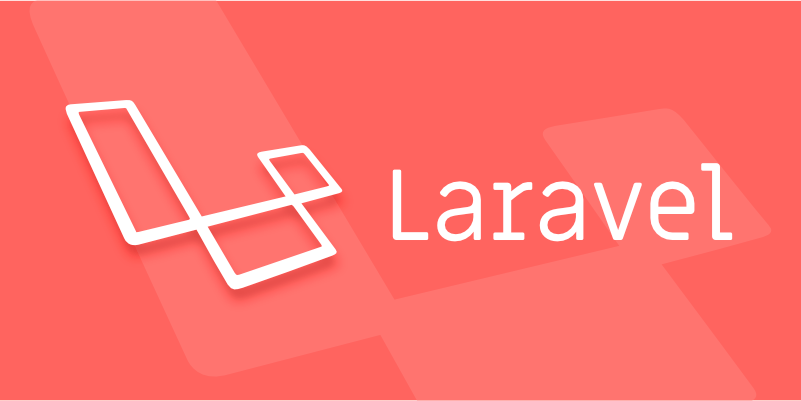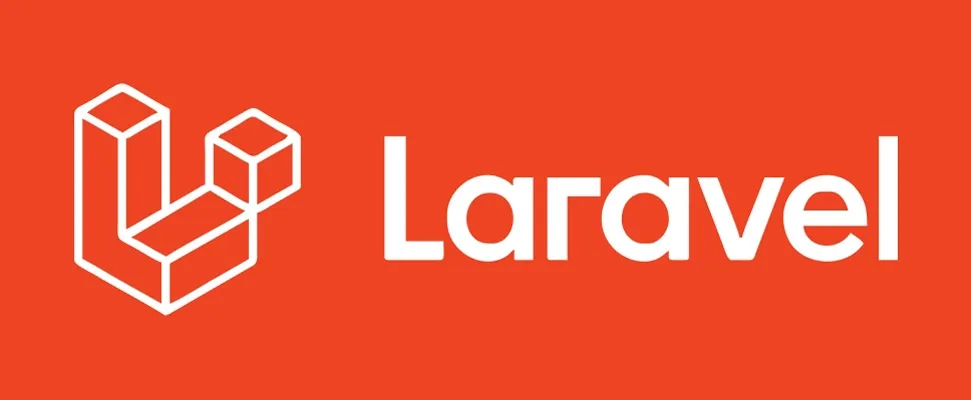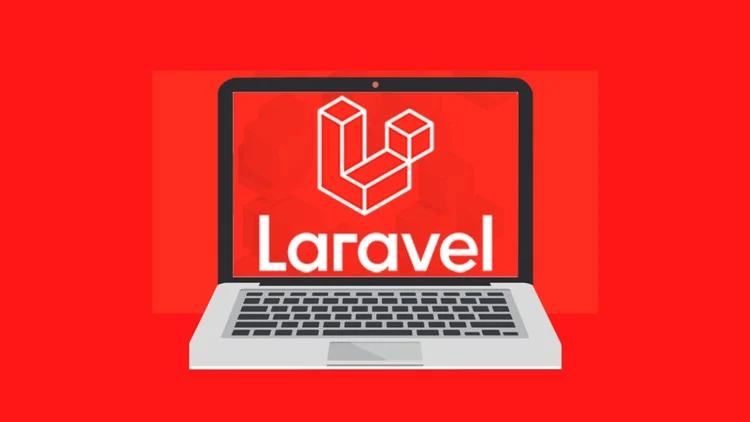How to manage database migrations in Laravel?
Aug 01, 2025 am 06:38 AMLaravel's database migration management ensures smooth team collaboration and deployment through version control. 1. Migration is a database version control tool that uses PHP code to define schema changes. Each migration includes up() execution changes and down() rollback changes. 2. Use php artisan make:migration to create migrations, and quickly generate them with --create or --table parameters; use Schema Builder to define structures in up(), such as creating tables, adding fields and foreign keys. 3. Run the migration through php artisan migrate, migrate:rollback falls back to the previous batch, migrate:reset resets all, migrate:refresh resets and reruns (use caution to production). 4. It is recommended to use Seeder and Factory to fill data: use make:seeder to create a seed file, call it in DatabaseSeeder, and generate test data in combination with PostFactory. 5. Best practices include: not modifying shared migration files, keeping migrations small and focused, naming them clearly, using foreignId()->constrained() to handle foreign keys, and using nullableMorphs() with caution. 6. Back up the database before deployment in the production environment, run migrations during low peak periods, enforce them with --force, and automate them through CI/CD processes. 7. Avoid common mistakes: do not edit submitted migrations, do not miss submit migration files, do not use migrate:refresh in production environment, and ensure that the down() method can be rolled back correctly. Follow the process of creating → migration → testing → submission → deployment to maintain the incremental changes, and the team can effectively avoid database conflicts and deployment problems.

Managing database migrations in Laravel is a core part of the development workflow. Laravel provides a clean, expressive way to version-control your database schema, making it easy to collaborate and deploy changes across environments. Here's how to do it effectively.

? Understand What Migrations Are
Migrations are like version control for your database. They allow you to define and modify your database schema using PHP code instead of writing raw SQL. This makes your schema changes portable and shareable.
Each migration file contains two methods:

-
up()– Defines what happens when the migration is run (eg, create a table). -
down()– Defines how to roll back the change (eg, drop the table).
?? Creating and Running Migrations
1. Generate a Migration
Use Artisan to create a new migration:
php artisan make:migration create_posts_table
You can also use flags to generate schema quickly:

php artisan make:migration create_posts_table --create=posts php artisan make:migration add_user_id_to_posts --table=posts
2. Write the Schema
Edit the generated file in database/migrations/ :
public function up()
{
Schema::create('posts', function (Blueprint $table) {
$table->id();
$table->string('title');
$table->text('content');
$table->foreignId('user_id')->constrained();
$table->timestamps();
});
}3. Run Migrations
Apply all pending migrations:
php artisan migrate
Roll back the last batch:
php artisan migrate:rollback
Roll back all migrations:
php artisan migrate:reset
Refresh the entire database (rollback and re-run all):
php artisan migrate:refresh
?? Use
migrate:refreshwith caution — it deletes all data. Often used in development.
? Use Seeders and Factoryes (Optional but Recommended)
To populate your database after migrations:
php artisan make:seeder PostsTableSeeder
Then call it in DatabaseSeeder.php :
public function run()
{
$this->call(PostsTableSeeder::class);
}Run with:
php artisan db:seed
Combine with factories for realistic data:
php artisan make:factory PostFactory --model=Post
? Best Practices for Managing Migrations
Never modify a published migration
If you've already pushed a migration to version control (especially shared branches), don't edit it. Instead, create a new migration to fix or adjust the schema.Keep migrations small and focused
One migration per logical change (eg, one table or one column) makes tracking and debugging easier.Use describe names
Name migrations clearly so their purpose is obvious:create_orders_table add_status_to_orders
Leverage Laravel's Schema Builder
Use Laravel's fluent syntax instead of raw SQL for better portability.Handle Foreign Keys Properly
UseforeignId()andconstrained()for clean, automatic foreign key setup:$table->foreignId('user_id')->constrained()->onDelete('cascade');
Use
nullableMorphs()carefully
When adding polymorphic relationships, be explicit about nullability if needed.
? Deploying Migrations Safely
In production:
- Always backup your database before running migrations.
- Test migrations on a staging environment first.
- Run migrations during low-traffic periods.
- Use deployment scripts or CI/CD pipelines:
php artisan migrate --force
(
--forceis required in production to prevent accidental runs in interactive mode.)
? Common Pitfalls to Avoid
- ? Editing an existing migration that others have already run.
- ? Forgetting to commit migration files to version control.
- ? Running
migrate:refreshon production (it drops all tables!). - ? Not testing rollbacks — ensure
down()methods work correctly.
Basically, Laravel's migration system is powerful and reliable as long as you follow the flow: create → migrate → test → commit → deploy. Keep changes incremental, and never alter shared migrations. That's how teams avoid database conflicts and deployment headaches.
The above is the detailed content of How to manage database migrations in Laravel?. For more information, please follow other related articles on the PHP Chinese website!

Hot AI Tools

Undress AI Tool
Undress images for free

Undresser.AI Undress
AI-powered app for creating realistic nude photos

AI Clothes Remover
Online AI tool for removing clothes from photos.

Clothoff.io
AI clothes remover

Video Face Swap
Swap faces in any video effortlessly with our completely free AI face swap tool!

Hot Article

Hot Tools

Notepad++7.3.1
Easy-to-use and free code editor

SublimeText3 Chinese version
Chinese version, very easy to use

Zend Studio 13.0.1
Powerful PHP integrated development environment

Dreamweaver CS6
Visual web development tools

SublimeText3 Mac version
God-level code editing software (SublimeText3)

Hot Topics
 How to set environment variables in PHP environment Description of adding PHP running environment variables
Jul 25, 2025 pm 08:33 PM
How to set environment variables in PHP environment Description of adding PHP running environment variables
Jul 25, 2025 pm 08:33 PM
There are three main ways to set environment variables in PHP: 1. Global configuration through php.ini; 2. Passed through a web server (such as SetEnv of Apache or fastcgi_param of Nginx); 3. Use putenv() function in PHP scripts. Among them, php.ini is suitable for global and infrequently changing configurations, web server configuration is suitable for scenarios that need to be isolated, and putenv() is suitable for temporary variables. Persistence policies include configuration files (such as php.ini or web server configuration), .env files are loaded with dotenv library, and dynamic injection of variables in CI/CD processes. Security management sensitive information should be avoided hard-coded, and it is recommended to use.en
 How to make PHP container support automatic construction? Continuously integrated CI configuration method of PHP environment
Jul 25, 2025 pm 08:54 PM
How to make PHP container support automatic construction? Continuously integrated CI configuration method of PHP environment
Jul 25, 2025 pm 08:54 PM
To enable PHP containers to support automatic construction, the core lies in configuring the continuous integration (CI) process. 1. Use Dockerfile to define the PHP environment, including basic image, extension installation, dependency management and permission settings; 2. Configure CI/CD tools such as GitLabCI, and define the build, test and deployment stages through the .gitlab-ci.yml file to achieve automatic construction, testing and deployment; 3. Integrate test frameworks such as PHPUnit to ensure that tests are automatically run after code changes; 4. Use automated deployment strategies such as Kubernetes to define deployment configuration through the deployment.yaml file; 5. Optimize Dockerfile and adopt multi-stage construction
 What is Configuration Caching in Laravel?
Jul 27, 2025 am 03:54 AM
What is Configuration Caching in Laravel?
Jul 27, 2025 am 03:54 AM
Laravel's configuration cache improves performance by merging all configuration files into a single cache file. Enabling configuration cache in a production environment can reduce I/O operations and file parsing on each request, thereby speeding up configuration loading; 1. It should be enabled when the application is deployed, the configuration is stable and no frequent changes are required; 2. After enabling, modify the configuration, you need to re-run phpartisanconfig:cache to take effect; 3. Avoid using dynamic logic or closures that depend on runtime conditions in the configuration file; 4. When troubleshooting problems, you should first clear the cache, check the .env variables and re-cache.
 How to develop AI intelligent form system with PHP PHP intelligent form design and analysis
Jul 25, 2025 pm 05:54 PM
How to develop AI intelligent form system with PHP PHP intelligent form design and analysis
Jul 25, 2025 pm 05:54 PM
When choosing a suitable PHP framework, you need to consider comprehensively according to project needs: Laravel is suitable for rapid development and provides EloquentORM and Blade template engines, which are convenient for database operation and dynamic form rendering; Symfony is more flexible and suitable for complex systems; CodeIgniter is lightweight and suitable for simple applications with high performance requirements. 2. To ensure the accuracy of AI models, we need to start with high-quality data training, reasonable selection of evaluation indicators (such as accuracy, recall, F1 value), regular performance evaluation and model tuning, and ensure code quality through unit testing and integration testing, while continuously monitoring the input data to prevent data drift. 3. Many measures are required to protect user privacy: encrypt and store sensitive data (such as AES
 How to use PHP combined with AI to analyze video content PHP intelligent video tag generation
Jul 25, 2025 pm 06:15 PM
How to use PHP combined with AI to analyze video content PHP intelligent video tag generation
Jul 25, 2025 pm 06:15 PM
The core idea of PHP combining AI for video content analysis is to let PHP serve as the backend "glue", first upload video to cloud storage, and then call AI services (such as Google CloudVideoAI, etc.) for asynchronous analysis; 2. PHP parses the JSON results, extract people, objects, scenes, voice and other information to generate intelligent tags and store them in the database; 3. The advantage is to use PHP's mature web ecosystem to quickly integrate AI capabilities, which is suitable for projects with existing PHP systems to efficiently implement; 4. Common challenges include large file processing (directly transmitted to cloud storage with pre-signed URLs), asynchronous tasks (introducing message queues), cost control (on-demand analysis, budget monitoring) and result optimization (label standardization); 5. Smart tags significantly improve visual
 How to build a content payment platform through PHP How to implement PHP paid reading system
Jul 25, 2025 pm 06:30 PM
How to build a content payment platform through PHP How to implement PHP paid reading system
Jul 25, 2025 pm 06:30 PM
To build a PHP content payment platform, it is necessary to build a user management, content management, payment and permission control system. First, establish a user authentication system and use JWT to achieve lightweight authentication; second, design the backend management interface and database fields to manage paid content; third, integrate Alipay or WeChat payment and ensure process security; fourth, control user access rights through session or cookies. Choosing the Laravel framework can improve development efficiency, use watermarks and user management to prevent content theft, optimize performance requires coordinated improvement of code, database, cache and server configuration, and clear policies must be formulated and malicious behaviors must be prevented.
 PHP development user permission management monetization PHP permission control and role management
Jul 25, 2025 pm 06:51 PM
PHP development user permission management monetization PHP permission control and role management
Jul 25, 2025 pm 06:51 PM
User permission management is the core mechanism for realizing product monetization in PHP development. It separates users, roles and permissions through a role-based access control (RBAC) model to achieve flexible permission allocation and management. The specific steps include: 1. Design three tables of users, roles, and permissions and two intermediate tables of user_roles and role_permissions; 2. Implement permission checking methods in the code such as $user->can('edit_post'); 3. Use cache to improve performance; 4. Use permission control to realize product function layering and differentiated services, thereby supporting membership system and pricing strategies; 5. Avoid the permission granularity is too coarse or too fine, and use "investment"
 Explain Laravel Eloquent Scopes.
Jul 26, 2025 am 07:22 AM
Explain Laravel Eloquent Scopes.
Jul 26, 2025 am 07:22 AM
Laravel's EloquentScopes is a tool that encapsulates common query logic, divided into local scope and global scope. 1. The local scope is defined with a method starting with scope and needs to be called explicitly, such as Post::published(); 2. The global scope is automatically applied to all queries, often used for soft deletion or multi-tenant systems, and the Scope interface needs to be implemented and registered in the model; 3. The scope can be equipped with parameters, such as filtering articles by year or month, and corresponding parameters are passed in when calling; 4. Pay attention to naming specifications, chain calls, temporary disabling and combination expansion when using to improve code clarity and reusability.






